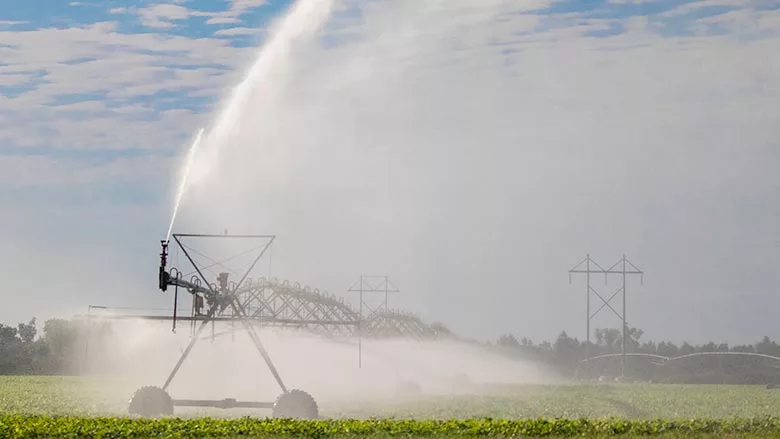Up Your Downhole Game with Better Groundwater Well Materials
Reduce the Risk of Corrosion, Scaling and Microbial Growth

Whatever use a client wants to put groundwater to, they usually want a well that provides that water safely and for decades to come.
Source: Joe Reiderer / Getty Images
People depend on groundwater wells, even if they may not realize it. You may get your tap water from surface sources. A majority of U.S. citizens do. But we all eat veggies and grains irrigated with groundwater. Heck, that beer you enjoy is probably 98% groundwater. Do you live in one of those legal cannabis states? Breweries and large-scale marijuana grow operations often have dedicated wells.
Whether we know it or not, many of our foods, beverages and, um, other consumables rely on groundwater. With demand for all of it increasing and attention turning to the wells that make it all happen, it’s natural to think about how our industry can best provide this vital source for drinking, irrigation and industrial use. When it comes to materials – you know, the things that actually contact the water you want to use — good contractors focus on the advances that can improve performance, durability and safety.
Key challenges to lasting well performance include:
- Corrosion: Groundwater can be corrosive, especially if it contains high levels of minerals or other contaminants. This can lead to premature failure of well casings, screens and other components.
- Scaling: Groundwater can also deposit minerals on the surfaces of well casings and screens, which can reduce flow and make pumping more difficult.
- Microbial growth: Groundwater can also contain microbes form biofilms on the surfaces of well casings and screens. Biofilms can reduce flow but also harbor pathogens, which can pose a health risk.
The right materials can help to address these challenges and improve overall groundwater well performance. For example:
- High-performance plastics: High-performance plastics, such as PVC, ABS and HDPE resist to corrosion, scaling and microbial growth. They are also relatively lightweight and easy to work with, making them ideal for a variety of groundwater well applications.
- Stainless steel: Stainless steel is also highly resistant to corrosion, scaling and microbial growth. Strength and durability make it a good choice for high-demand wells and wells in corrosive environments. Many wells use stainless steel screens.
- Composite materials: Composite materials, such as fiberglass and carbon fiber, combine two or more materials with different properties. Engineers can also tailor materials properties to meet specific needs. Fiberglass composite casings, for instance are lightweight and resistant to corrosion, while carbon fiber composite casings are strong and stiff. Well screens made from composites like fiberglass and resin can be both light-weight and resistant to scaling and corrosion. Composite well screens are also becoming increasingly popular for groundwater remediation applications because they can be designed to filter out specific contaminants.
- Nanomaterials: Nanomaterials are tiny particles with unique properties that can improve performance of groundwater well materials. Some companies are developing well casings and screens coated with nanomaterials. These coatings can make the well materials more resistant to corrosion, scaling and microbial growth.
The longest-lasting, best performing wells, of course, start with:
- A good project plan: Before you mobilize, how much thought/analysis do you put into the geology, expected water quality, end use and other factors that determine materials and tactics?
- Great installation: What tactics do you use to minimize downhole impact, develop a well to its highest potential and deliver to the client a quality, long-lasting product?
- High-quality materials: Are you recommending the best materials on your bids (for the geology, groundwater, purpose and budget), and helping clients understand the trade-offs when they make cost-conscious choices?
Groundwater professionals take providing water seriously, and that includes putting thought into the materials available to cut corrosion, scaling and microbial growth. The right, high-quality materials help if you want to build a long-lasting, high-performing groundwater well, whether your client runs a center pivot or a city.
Looking for a reprint of this article?
From high-res PDFs to custom plaques, order your copy today!








